This comprehensive guide aims to illuminate the intricacies of wiper seals, offering insights on types, selection criteria, and maintenance tips.
Whether you are a seasoned engineer or new to the field, read on to discover how to make an informed choice when it comes to wiper seals.
What are Wiper Seals?
Wiper seals are specialized sealing components designed to safeguard hydraulic and pneumatic cylinders.
These vital elements serve a dual purpose: they prevent contaminants like dirt, moisture, and debris from entering the hydraulic system, and at the same time, they wipe off any such impurities from the piston rods as they retract into the hydraulic cylinder.
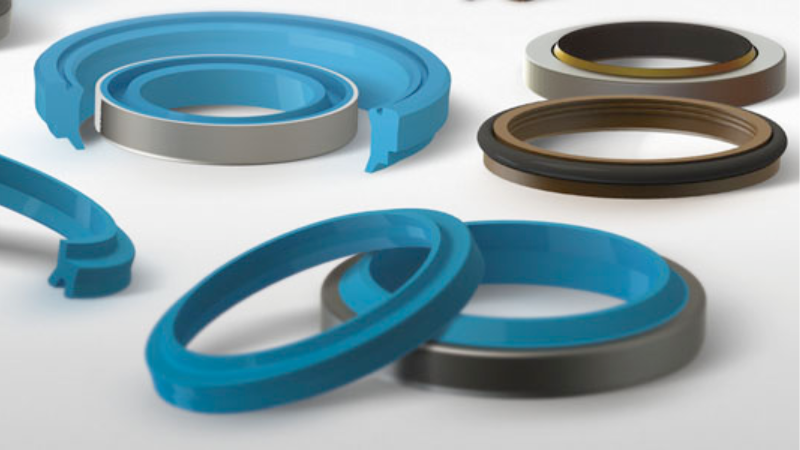
By doing so, wiper seals play an indispensable role in maintaining the integrity of the hydraulic fluid and, by extension, the entire hydraulic or pneumatic system.
These dynamic seals ensure smooth operation and extend the lifespan of hydraulic systems by keeping out harmful particles that could compromise their functionality. Here’s why wiper seals are essential:
- Contaminant prevention: Wiper seals effectively stop dirt, dust, and moisture from infiltrating hydraulic cylinders. By forming a tight seal around the rod of the cylinder, they create a protective shield against external elements.
- Smooth operation: With wiper seals in place, hydraulic systems can operate smoothly without interference from debris. This allows for the efficient movement of pistons within the cylinder.
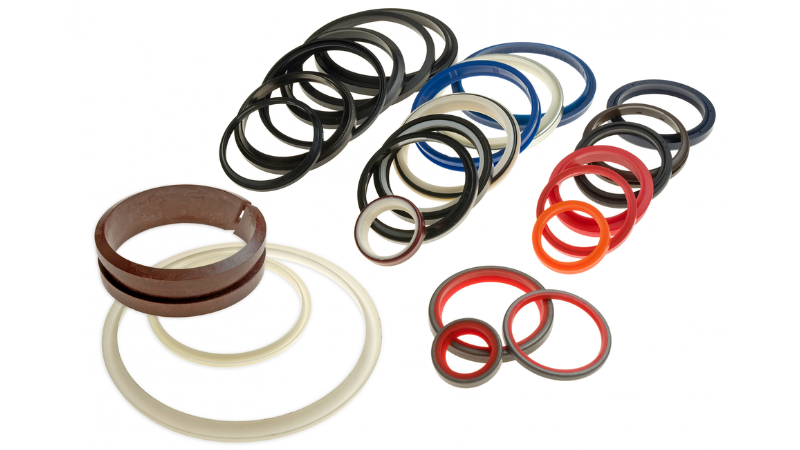
- Extended lifespan: By keeping contaminants at bay, wiper seals help maintain optimal performance over time. They minimize wear and tear on internal components such as rods and pistons, leading to increased longevity of the entire hydraulic system.
Types and Variations of Wiper Seals for Different Applications
Wiper seals come in various types, each with its advantages and suitability for specific applications. Here are the different types of wiper seals available:
- Snap-in Wiper Seals: These are versatile and easy to install, often used in less demanding environments. They can be quickly snapped into place without requiring specialized tools.
- Dust Seals: Specifically designed for pneumatic cylinders, these wiper seals excel in environments where air quality may be compromised. They offer excellent resistance to fine particles.
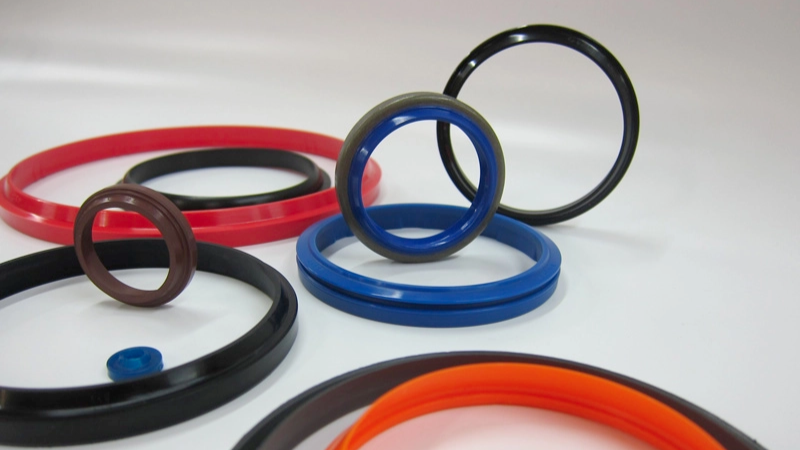
- Axial Seals: These are typically used in hydraulic cylinders and are optimized for high-pressure applications, offering excellent resistance to wear and tear.
Understanding the nuances between these variations can help you select the right wiper seals for your hydraulic or pneumatic cylinders. Each type of wiper seal is suited for specific types of piston rods and sealing systems, so knowing your system’s needs is crucial for making an informed choice.
How to Choose the Right Wiper Seal for Your Needs?
Choosing the right wiper seal involves considering several factors. Here’s what you need to know:
Factors to Consider
- Temperature range: Evaluate the temperature conditions your wiper seal will be exposed to. Different materials perform optimally within specific temperature ranges.
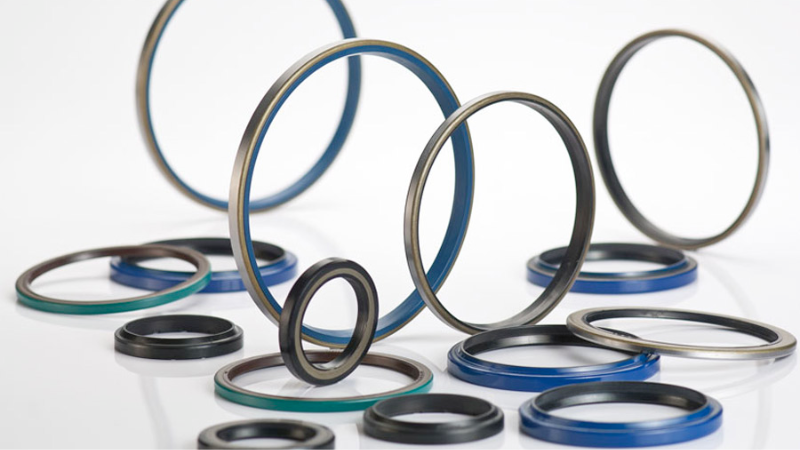
- Pressure requirements: Determine the pressure levels your application requires. Ensure that the chosen wiper seal can withstand and maintain a proper seal under these pressures.
- Speed: Take into account the speed at which your equipment operates. Some wiper seals are designed for high-speed applications, while others may be more suitable for slower speeds.
- Media compatibility: Consider the type of fluid or media that will come into contact with the wiper seal. Certain materials may react negatively with certain chemicals or fluids, leading to premature failure.
Assessing Environmental Conditions
It is crucial to assess environmental conditions when selecting a wiper seal:

- Chemical exposure: If your equipment comes into contact with chemicals, choose a wiper seal material that is resistant to chemical corrosion.
- Extreme weather: In areas prone to extreme temperatures or weather conditions, opt for a wiper seal that can withstand these challenges without compromising its performance.
Seeking Expert Advice
Consulting with experts or manufacturers can greatly assist in choosing the most suitable wiper seal for your specific needs. They have extensive knowledge and experience in different applications and can provide valuable insights and recommendations.
Remember, selecting the right wiper seal involves considering factors such as temperature range, pressure requirements, speed, and media compatibility.
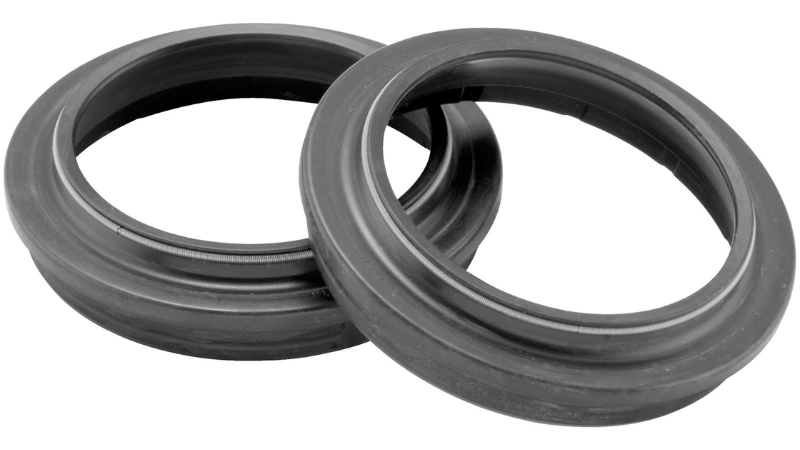
Assessing environmental conditions like chemical exposure and extreme weather is essential. Seeking guidance from experts ensures you make an informed decision tailored to your unique requirements.
Proper Installation Techniques for Wiper Seals
To ensure the optimal performance of wiper seals, it is crucial to follow proper installation techniques. By adhering to these guidelines, you can enhance the longevity and effectiveness of your wiper seal.
Cleanliness is Key
Before installing a wiper seal, make sure to thoroughly clean the area where it will be placed. Remove any debris or particles that could potentially compromise the sealing effectiveness.
This step ensures a tight seal and prevents contaminants from entering sensitive components.
Lubrication for Smooth Operation
Proper lubrication plays a vital role in minimizing frictional wear during the operation of wiper seals. Before installation, apply an appropriate lubricant to reduce friction and enhance the overall performance.

This step not only extends the lifespan of the seal but also improves its efficiency.
Follow Manufacturer Guidelines
Always refer to the manufacturer’s guidelines when installing wiper seals. These guidelines provide valuable instructions specific to each type of seal, ensuring proper installation and usage.
Using suitable tools recommended by the manufacturer prevents accidental damage to the wiper seal during installation.
By following these simple steps, you can achieve a successful installation of wiper seals while maximizing their sealing capabilities and durability.
Remember: cleanliness, lubrication, and adherence to manufacturer guidelines are essential for optimal performance.
Essential Maintenance Tips for Long-lasting Performance of Wiper Seals
Regularly inspect wiper seals to ensure they are in good condition. Look out for signs of wear, damage, or degradation that may compromise their effectiveness.
Keep hydraulic systems clean to prevent the build-up of contaminants that could impact the performance of wiper seals. Regularly flush and replace hydraulic fluids to maintain optimal functioning.
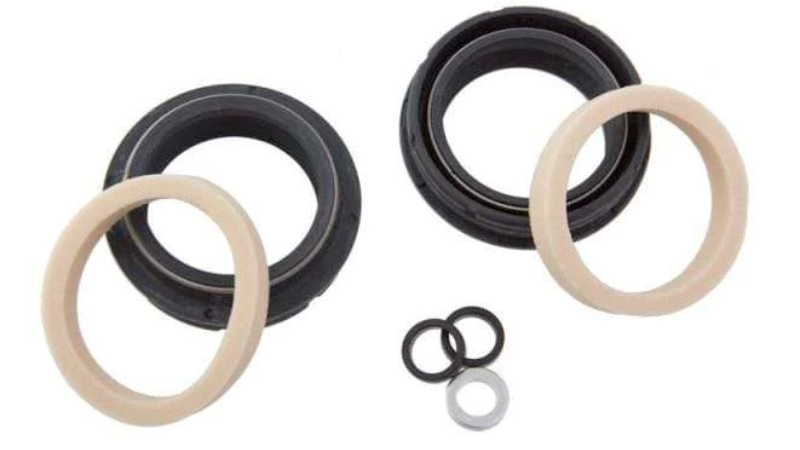
Promptly replace worn-out or damaged wiper seals. This will help maintain their sealing efficiency and prevent any potential leaks or failures.
By following these maintenance tips, you can ensure the long-lasting performance of your wiper seals and avoid any unnecessary downtime or costly repairs.
Understanding the Material Composition of Wiper Seals for Optimal Functionality
The material composition of wiper seals is an often-overlooked factor that can significantly impact their effectiveness and longevity. Here are some common materials and their specific benefits:
- Hydrogenated Nitrile Butadiene Rubber (HNBR): Known for its excellent temperature and chemical resistance, HNBR is commonly used in hydraulic cylinders. It’s compatible with most types of hydraulic fluid and offers excellent durability.
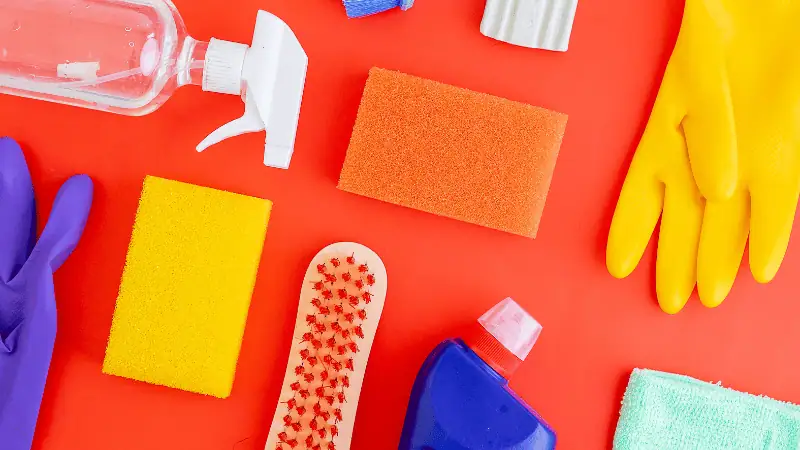
- Polyurethane: This material is often used in high-pressure hydraulic and pneumatic systems due to its resistance to wear and tear, making it ideal for long-lasting sealing systems.
- Polytetrafluoroethylene (PTFE): Often used in pneumatic cylinders, PTFE offers excellent low-friction properties, making it ideal for high-speed applications.
- Silicone: Silicone-based wiper seals are ideal for high-temperature applications but are generally less resistant to wear and are not recommended for systems with aggressive hydraulic fluids.
- Elastomers: Various types of elastomers, like Viton and Neoprene, offer specific benefits like chemical resistance and flexibility, making them suitable for specialized sealing systems.
Understanding the material composition allows you to select the right wiper seals that match the requirements of your hydraulic or pneumatic cylinders.
By choosing the appropriate material, you can improve the performance and extend the lifespan of your wiper seals and the entire sealing system.
Conclusion
Wiper seals are indispensable components in hydraulic and pneumatic systems, providing a vital layer of protection for piston rods and the entire sealing system. Selecting the right wiper seals involves understanding their types, material composition, and specific applications.
Looking for Wiper Seals? Hongju Silicone Can Help You
If you’re in the market for the right wiper seals to optimize your hydraulic or pneumatic systems, Hongju Silicone is your go-to resource.
We offer a wide range of high-quality seals designed to maximize the performance and durability of your sealing system. Got questions or need specialized advice?
Trust Hongju Silicone for all your sealing needs. Contact us today to get expert advice or request a quote tailored to your specific needs!
Take the First Step:
Requst for an Inquire
Quality Meets Affordability. Inquire Now for High-Quality Products at Low Volumes.